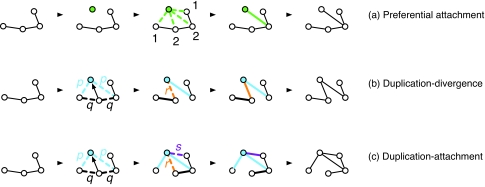Figure 2. Three generative models of network evolution.
(a) In a preferential attachment step, a new node (green) is attached to one of the existing nodes with probability proportional to their degree. (b) In a single step of the duplication-divergence model, a parent node is randomly chosen and its edges are duplicated (blue). For each parental edge, the parental and duplicated ones are then lost with respective probabilities p and q, though at least one link is retained to all neighboring nodes. The parent node may be attached to its child with probability r (orange edge). (c) In the related model known as duplication-attachment, either of the duplicates may be attached to another existing node in the simulated network with probability s (purple edge).

